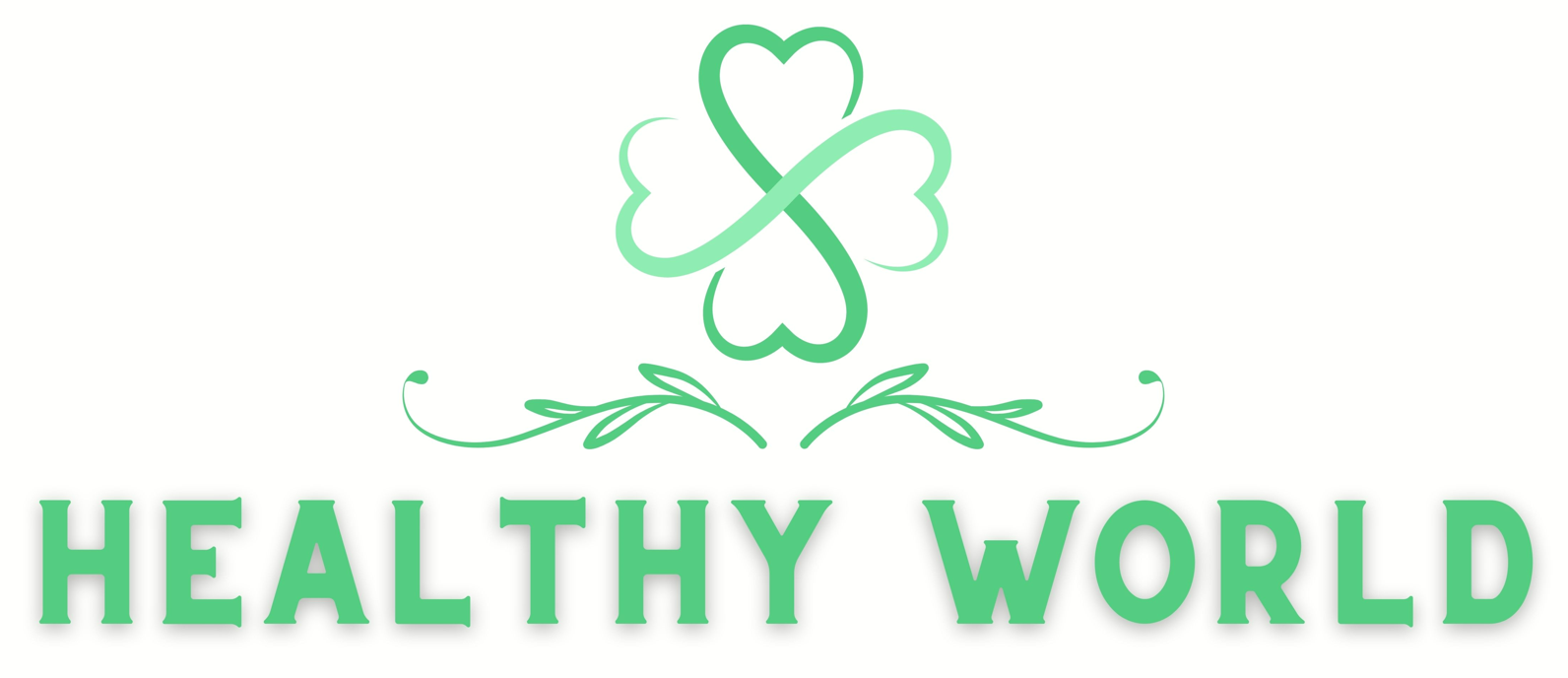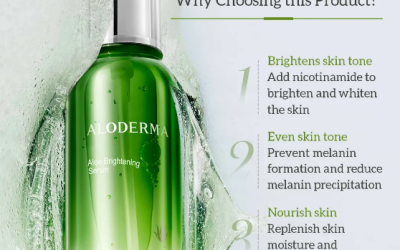Unlocking the Timeless Beauty Secrets of the Renaissance & Exploring the Fascinating World of Renaissance Cosmetics

Timeless Renaissance Beauty Secrets: Cosmetics, Skincare & Makeup Tips
The Renaissance period, spanning from the 14th to the 17th century, was a time of cultural rebirth, artistic innovation, and scientific exploration. While this era is widely celebrated for advancements in art, literature, and science, its influence on beauty and fashion is equally fascinating. Renaissance cosmetics and skincare practices reveal timeless beauty secrets that continue to inspire modern makeup enthusiasts and skincare lovers.
The History of Renaissance Cosmetics
Cosmetics were an essential part of life for men and women during the Renaissance. Beyond enhancing appearance, makeup reflected social status, wealth, and sophistication. The use of cosmetics demonstrated one’s understanding of beauty standards and social refinement.
During this period, most cosmetics were made from natural ingredients, including herbs, flowers, and minerals. The upper class had access to luxurious ingredients, while lower social classes relied on simpler, more affordable alternatives. This focus on natural beauty and daily grooming rituals laid the foundation for modern skincare and cosmetic practices.
Keywords: Renaissance cosmetics, historical makeup, natural beauty, beauty history
Key Ingredients Used in Renaissance Cosmetics
Renaissance cosmetics utilized a range of natural and innovative ingredients:
-
Lead-based cosmetics: Venetian ceruse was used by the wealthy to achieve a pale, aristocratic complexion. Despite its popularity, lead posed serious health risks.
-
Natural pigments: Minerals, crushed berries, and flower extracts created vibrant lip and cheek stains and colorful eyeshadows.
-
Essential oils: Oils from roses, lavender, and other plants were incorporated into skincare and fragrance products, providing nourishment and hydration.
These ingredients highlight the Renaissance emphasis on natural, plant-based beauty solutions, many of which influenced today’s organic and botanical skincare trends.
Keywords: natural ingredients, Renaissance skincare, botanical beauty, historical cosmetics
Popular Makeup Looks and Trends
The idealized beauty standards of the Renaissance influenced makeup trends significantly:
1. Pale Complexion
A pale face symbolized refinement and social standing. Women applied layers of Venetian ceruse to achieve this ghostly yet elegant look. Today, modern foundations and illuminating powders offer a safe way to recreate this flawless complexion.
2. Rosy Cheeks and Lips
A natural flush conveyed youth and vitality. Crushed berries or flower petals mixed with oils or beeswax created blush and lip stains. Modern blushes and tinted lip balms reflect these timeless tones.
3. Dramatic Eyes
Renaissance women emphasized their eyes with bold colors such as blue, green, and gold. Eyeshadows were applied in intricate designs to create striking, artistic looks that remain influential in contemporary makeup artistry.
Keywords: Renaissance makeup, pale complexion, rosy cheeks, dramatic eyes
Skincare Rituals and Beauty Practices
Skincare was a crucial component of Renaissance beauty:
-
Cleansing: Milk, rosewater, and honey were used to gently cleanse the skin, removing impurities and promoting softness.
-
Moisturizing: Essential oils mixed with beeswax provided hydration and nourishment for a supple complexion.
-
Face Masks: Clay, herbs, and honey were common ingredients for masks that purified the skin, tightened pores, and reduced blemishes.
These practices emphasize the holistic approach to beauty during the Renaissance, focusing on health and radiance alongside aesthetic appeal.
Keywords: Renaissance skincare, natural beauty rituals, organic skincare
Famous Figures in Renaissance Cosmetics
Several prominent figures helped shape Renaissance beauty trends:
-
Catherine de’ Medici: Popularized cosmetic use in the French court and introduced beauty rituals that are still referenced today.
-
Leonardo da Vinci: Studied facial anatomy, influencing Renaissance makeup application and aesthetic principles.
-
Giulia Tofana: A notable apothecary who created both cosmetics and toxic products, highlighting the experimental nature of beauty practices in the era.
Instant Cream to Tighten, Smooth and Nourish Your Skin
Instant Firming Cream, Tightens, Smooths Fine Lines, Deep Hydration, NourishingInstant Firming Cream is a powerful skincare solution specifically formulated to enhance skin firmness and elasticity. This cream targets fine lines and wrinkles, providing an immediate...
Face Cream with 8% Collagen for Moisturizes, Hydrates and Firms Skin
8% Collagen Face Cream, High-Quality, Hyaluronic Acid, Anti-Wrinkle, Moisturizing SkincareCounteract aging: this anti-aging face moisturizer for men and women was designed to help counteract the affects of aging. To help erase fine lines and wrinkles, REMEDIAL's...
Scar Removal Cream for Vitiligo and White Spots
Scar Removal Cream, Targets Vitiligo, White SpotsThe Effectively Remove Vitiligo Ointment is specially formulated to address vitiligo, ringworm, and white spots on the skin. This ointment works to lighten affected areas and promote an even skin tone. With its targeted...
Modern Interpretations of Renaissance Beauty
Renaissance cosmetics continue to inspire modern makeup and skincare trends:
-
Soft, Glowing Complexion: Today’s foundations and highlighters mimic the radiant, flawless skin celebrated in Renaissance portraits.
-
Rosy Cheeks and Lips: The natural flush remains a timeless beauty trend.
-
Artistic Eye Makeup: Intricate eyeshadow designs, vibrant colors, and dramatic eyeliner reflect Renaissance creativity.
Influence on Contemporary Skincare and Makeup
The Renaissance emphasis on natural ingredients, consistent beauty rituals, and self-expression has shaped today’s beauty industry:
-
Natural and Organic Skincare: Botanical-based products reflect the era’s use of herbs and oils.
-
Skincare Rituals: Daily cleansing, moisturizing, and masks remain essential for healthy, radiant skin.
-
Beauty as Self-Expression: The Renaissance encouraged individuality, a principle echoed in contemporary makeup artistry.
Key Takeaways
Renaissance cosmetics were more than makeup—they were a reflection of art, culture, and science. By exploring historical ingredients, techniques, and rituals, we can embrace timeless beauty secrets that continue to inspire:
-
Use natural, safe ingredients inspired by Renaissance practices.
-
Incorporate skincare rituals into daily routines.
-
Experiment with makeup to highlight individuality and artistry.
-
Draw inspiration from the elegance and sophistication of the Renaissance era.
By combining historical knowledge with modern techniques, beauty enthusiasts can achieve radiant, timeless results while honoring the artistry of the past.

Weight Loss Programs Simple Three Step Process
Weight Loss Programs Simple Three Step ProcessMedication-assisted programs to help you live a better, happier life. My DietDoc's Metabolic Reset is based on decades of research demonstrating that progressive habit change through rigorous lifestyle intervention,...
Organic Aloe Vera Serum for Hydration, Radiant and Healthy Skin
VIBRANT GLAMOUR Hyaluronic Acid Shrink Pore Face Serum Moisturizing Whitening Essence Anti-Aging Deep Hydration Skin Care 10pcs𝐑𝐀𝐃𝐈𝐀𝐍𝐓 𝐒𝐊𝐈𝐍 With our Brightening Face Serum, you may get glowing skin. Experience the effectiveness of our natural botanicals and 65%...
Anti-Gray Hair Serum – Turn White Hair to Black Quickly
White Hair Treatment Serum Fast White To Black Repair Natural Color Nourish Anti Gray HairThis anti-white hair essence extracts pure natural plant essence, which helps improve hair follicles, provides hair nutrition for the scalp, restores hair color, replenishes the...










